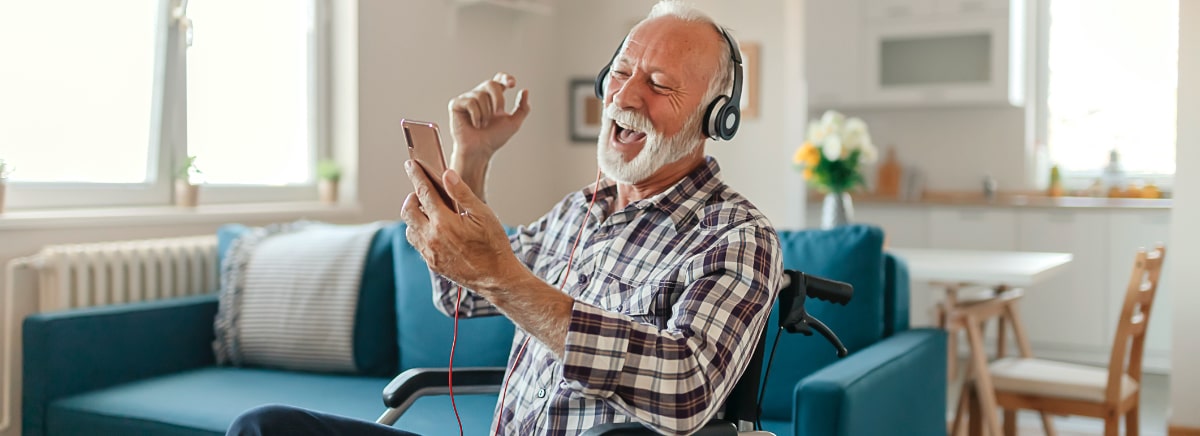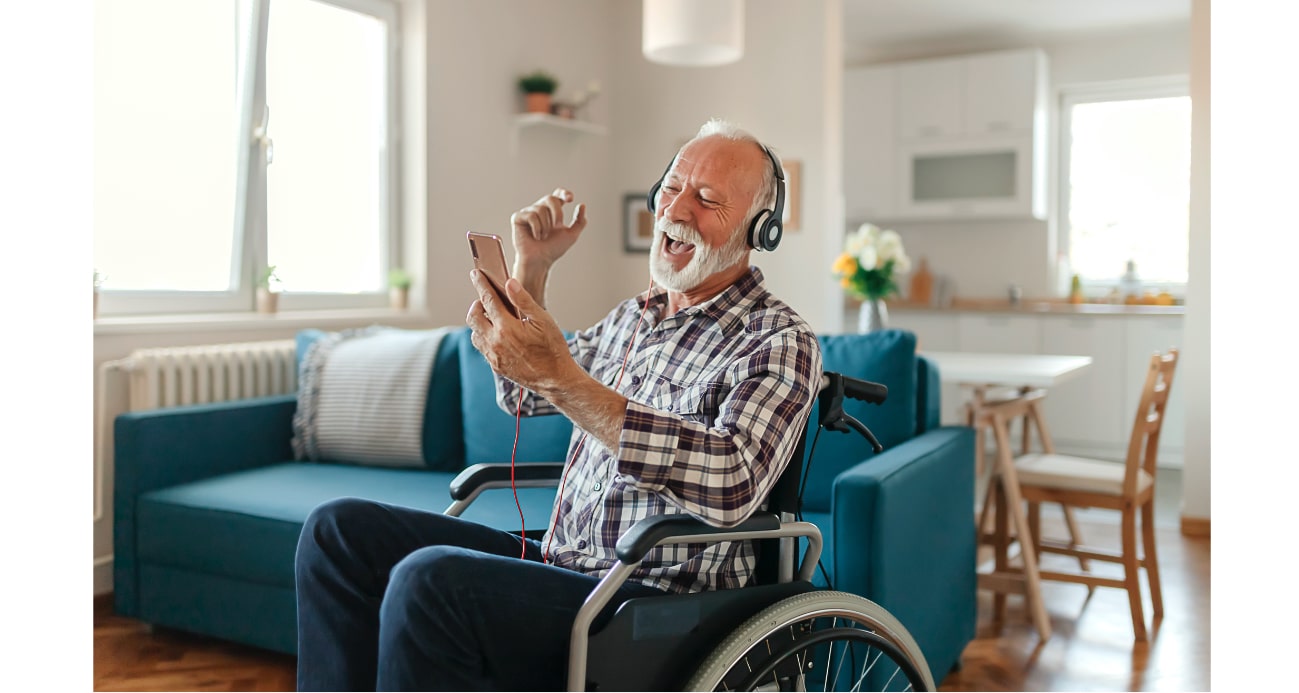Kathy and Sarah decide to spend the afternoon visiting their elderly mother, Margaret, who has been living alone since her husband passed just two years earlier. With a vase full of fresh lilies, Margaret’s favorite flower, they knock on her front door. They hear the barking of Margaret’s dachshund, but otherwise, there’s no sound inside. They think nothing of it, as their mother suffers from hearing loss, so Kathy uses her spare key to open the door. They call out to let their mom know they’ve arrived but got no answer – except the ambient sound of a television playing somewhere in the house. They follow the barking dog around the corner where Kathy drops her vase of lilies in shock. Margaret lies unconscious at the bottom of the stairs.
At the hospital the next day, the doctors tell Kathy and Sarah to say their last goodbyes to a mother who is suffering from traumatic brain injury and severe internal hemorrhaging. In tears, they struggle to believe that someone as lively as Margaret was could be gone so soon. One slip on a rug led to a fall down stairs and injuries that ended her life at 83. In the following years, the “what-ifs” run through their minds over and over. What if someone had been there with her? What if they had found her earlier? What if they had made sure the house was safe for her?
Preventing Falls
Falls are the most prevalent mobility problem, and the leading cause of injury death, for those over 65. Things like lack of physical activity, poor vision, and environmental factors – a loose rug or poor lighting – are all common causes of falls among the senior population. With increasing age, falls often result in broken bones that take longer to heal, as well as painful bruises. Even without the serious injury, an older person may have trouble getting up from a fall or may become fearful and inactive to avoid falling again. Mobility loss in seniors increases their chance of falling. The following is a list of sobering statistics about the millions of elderly falls that occur each year:
- One out of five falls causes a serious injury such as broken bones or a head injury.
- Each year, 2.5 million older people are treated in emergency departments for fall injuries.
- Over 700,000 patients a year are hospitalized because of a fall injury, most often because of a head injury or hip fracture.
- Each year at least 250,000 older people are hospitalized for hip fractures.
- More than 95% of hip fractures are caused by falling, usually by falling sideways.
- Falls are the most common cause of traumatic brain injuries (TBI).
- Adjusted for inflation, the direct medical costs for fall injuries are $34 billion annually. Hospital costs account for two-thirds of the total.
Source: Centers for Disease Control and Prevention
Recognizing the red flags that signal mobility loss can protect you or your loved one from falls that may have devastating consequences.
Signs of Mobility Loss
Researchers at the University of Alabama at Birmingham discovered that the most common factors leading to mobility loss were old age, low physical activity, obesity, impaired strength and balance, and chronic disease. Depression, cognitive impairment, and recent hospitalizations also lead to a greater risk of mobility loss.
Suzanne Salamon, a geriatrician, and instructor at Harvard Medical School said that signs of mobility loss are often overlooked in seniors due to what seem to be more pressing health issues, like heart or lung problems. However, untreated mobility issues can lead to further health problems, and can ultimately determine whether a senior can continue living independently.
“If you’re unable to get out then you can’t go shopping, you can’t go out with your friends to eat dinner or go to the movies, and you become dependent on other people to get you places,” Salamon said. “So you become a recluse, you stay home, you get depressed. With immobilization comes incontinence, because you can’t get to the bathroom, you can develop urinary infections, skin infections. The list goes on.”
The good thing about testing mobility is that you don’t need a doctor to do so.
Simply observe the senior getting up from a chair, walking about 10 feet away, turning around and returning to the chair and then sitting back down. The things to look for are how long it takes and how steady the senior is while doing it. You can also just observe how quickly a senior walk to see if there are any signs of mobility loss. A normal rate is traveling one yard per second or faster. Anything slower than that can mean gait problems and an increased risk of falls.
If you suspect mobility loss, researchers at the University of Alabama at Birmingham suggest asking two questions: Do you have difficulty climbing up 10 steps or walking a quarter of a mile? And, have you modified the way you climb 10 steps or walk a quarter of a mile because of health reasons? If you answered yes to either question, a doctor can help you find the cause of the problem and recommend treatment before a loss of mobility occurs. The good news is that, when caught and treated early, mobility loss can be avoided with different types of therapy. There are also many types of devices like walkers, canes, and wheelchairs that can improve mobility, which can significantly improve a senior’s life and well being.

